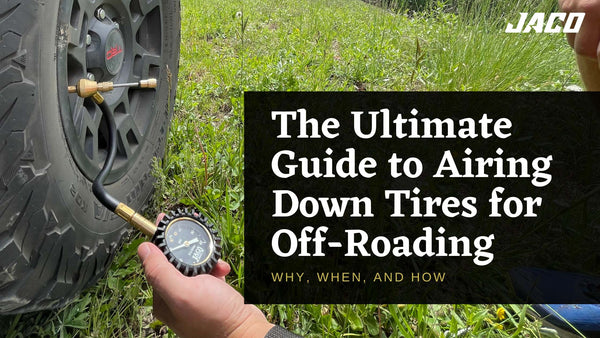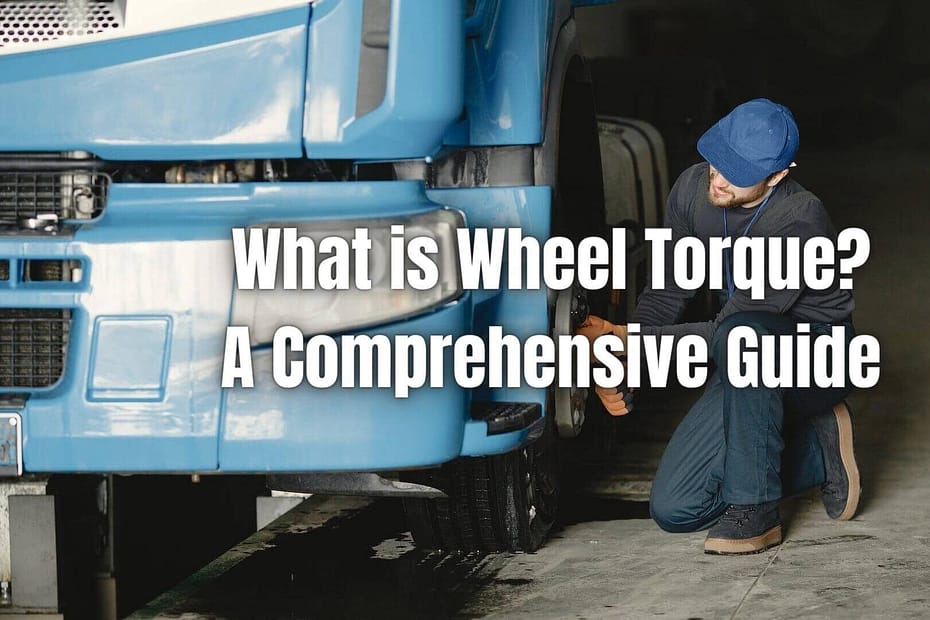To measure wheels, you can use a tape measure or wheel diameter gauge to determine the diameter, width, and offset of the wheel. This measurement is essential for selecting the correct size and fitment of tires and ensuring optimal performance and safety for your vehicle.
Investing in the right size wheels is crucial for the overall performance and aesthetics of your vehicle. Whether you are replacing an old set or upgrading to a new style, accurately measuring wheels will ensure a proper fit. By following simple steps and utilizing basic tools, you can obtain the necessary wheel measurements to make an informed decision.
We will guide you on how to measure wheels accurately and easily. So, let’s dive in and get started!
Choosing The Right Measuring Tools
When it comes to measuring wheels accurately, having the right tools is crucial. The measuring tools you choose can greatly affect the precision of your measurements, so it’s essential to select the ones that suit your needs. In this section, we will discuss three commonly used tools for measuring wheels: calipers, tape measure, and micrometers. Let’s take a closer look at each of them:
Calipers
Calipers are versatile measuring tools that are commonly used for measuring the diameter of a wheel. They come in various types, such as vernier calipers and digital calipers, which offer different levels of accuracy and convenience. Calipers typically have two jaws that can be adjusted to fit around the wheel, allowing you to measure its diameter easily. These tools are particularly useful when you need to measure small wheels or precise dimensions. To measure the wheel effectively with calipers, follow these simple steps:
- Ensure the caliper jaws are fully closed and set to zero.
- Gently open the jaws and position them around the wheel.
- Gradually close the jaws until they firmly contact the wheel’s surface.
- Read the measured value displayed on the caliper’s scale or digital screen.
Tape Measure
Tape measures are the go-to measuring tools for various applications, including measuring the circumference of wheels. They are affordable, easy to use, and suitable for larger wheels where calipers might not be practical. When using a tape measure to measure the circumference of a wheel, keep the following points in mind:
- Choose a flexible tape measure that can wrap around the wheel without any resistance.
- Start measuring from the point where the tape begins to overlap.
- Wrap the tape measure snugly around the wheel, ensuring that it follows the contour of the rim.
- Make sure the tape is not twisted or kinked while measuring.
- Note the measurement where the tape overlaps and record the circumference.
Micrometer
Micrometers are precision measuring tools that offer high accuracy for measuring small distances, including the width of the wheel’s rim. They have a more complex structure compared to calipers but provide greater precision. Here’s how you can use a micrometer to measure the rim width:
- Place the wheel on a flat surface, ensuring it is stable and level.
- Open the micrometer by turning the thimble counterclockwise until the jaws are wide enough to fit around the rim.
- Position the micrometer jaws on opposite sides of the rim, ensuring they are parallel to each other.
- Gently close the jaws until they lightly contact the inner and outer edges of the rim.
- Read the measurement on the micrometer’s scale or digital display.

Credit: www.engineersupply.com
Preparing The Wheel For Measurement
Before you can accurately measure your wheels, it is important to ensure that they are properly prepared. By taking the time to clean the surface and remove any excess debris, you can ensure accurate measurements and reliable results. Here are the steps to follow:
Cleaning The Surface
To begin, start by cleaning the surface of the wheel. Use a mild detergent and water mixture to remove any dirt, grease, or grime that may be present. Be sure to use a soft cloth or sponge to avoid scratching the wheel.
After cleaning, dry the surface of the wheel thoroughly with a clean, lint-free cloth. This will help to remove any remaining moisture and prevent corrosion or damage.
Removing Excess Debris
In addition to cleaning the surface, it is important to remove any excess debris from the wheel. This includes any foreign objects, such as rocks, pebbles, or mud that may have become lodged in the treads or crevices.
To remove this debris, use a soft brush or toothbrush to gently scrub the wheel. Pay close attention to the areas between the spokes or any other hard-to-reach spots. By thoroughly removing any debris, you can ensure accurate measurements and prevent any interference during the process.
Once you have finished cleaning and removing debris, your wheel is now ready for measurement. This preparation step is crucial in obtaining accurate results and ensures your measurements are not compromised by dirt, grime, or debris.
Taking Accurate Measurements
When measuring wheels, it is crucial to ensure accuracy to guarantee the perfect fit. Taking precise measurements will help you avoid compatibility issues and ensure a seamless and safe driving experience. Let’s delve into the specific measurements you need to take when determining the right wheels for your vehicle.
Diameter
Measuring the diameter of a wheel is essential to ensure it fits within the wheel well without any interference. To get the accurate diameter, measure from one edge of the wheel to the other, passing through the center, using a tape measure or a ruler. Take this measurement in millimeters for precision and consistency.
Width
The width of a wheel also plays a crucial role in the compatibility and performance of the vehicle. Measure the width from one edge of the wheel to the other, perpendicular to the diameter, in millimeters. This measurement will be essential in determining the appropriate tire size as well.
Offset
Determining the offset of a wheel is important to avoid clearance issues with the vehicle’s suspension components. The offset is the distance between the centerline of the wheel and the mounting surface. A positive offset means the mounting surface is toward the front face of the wheel, while a negative offset indicates it’s toward the back face.
Bolt Pattern
The bolt pattern refers to the number of bolt holes and the diameter of the imaginary circle they form. To measure the bolt pattern, use a bolt pattern gauge or a ruler to determine the distance between the center of one bolt hole to the center of the opposite bolt hole. Make sure to count the total number of bolt holes as well.

Credit: jacosuperiorproducts.com
Interpreting The Measurements
Understanding Wheel Sizing:
Wheel sizing is crucial for vehicle performance and safety.
Measure the wheel diameter and width accurately.
Refer to the tire sidewall markings for wheel diameter.
Identifying Compatibility:
Check bolt pattern, offset, and hub diameter for compatibility.
Compare the wheel measurements with the vehicle manufacturer’s specs.
Ensure correct fitment and avoid any potential issues.
Common Mistakes To Avoid
When measuring wheels, it is crucial to be accurate to ensure compatibility and safety. Here are some common mistakes to steer clear of:
Misreading Measurements
Incorrectly interpreting wheel measurements can lead to fitting issues. Always refer to the manufacturer’s guide.
Not Accounting For Variations
Failure to consider variations in wheel sizes can result in purchasing the wrong wheels. Check for offset and width differences.

Credit: www.bikeradar.com
Frequently Asked Questions On How To Measure Wheels
How Do You Measure A Wheel For Size?
To measure a wheel for size, use a measuring tape to determine the diameter. Measure from one end to the opposite edge across the center. Record the measurement in inches or millimeters to find the accurate wheel size.
How Do You Find Out Your Wheel Size?
To find out your wheel size, look for the information on the side of your tire. It will be marked with a series of numbers like “225/45R17. ” The first number represents the width, the second is the aspect ratio, and the last is the diameter.
Use these numbers to determine your wheel size.
How Do You Measure Wheel Bore Size?
To measure wheel bore size, use a caliper to determine the diameter of the center hole in the wheel. Make sure the caliper is centered and measure from one side of the hole to the other. This will provide an accurate measurement of the wheel bore size.
Where Is Rim Size Stamped?
The rim size is stamped on the side of the tire. It appears as a series of numbers and letters (e. g. , 205/55R16). This indicates the tire’s width, aspect ratio, and diameter.
Conclusion
Mastering the process of measuring wheels is essential for ensuring a smooth and safe ride for your vehicle. By understanding the proper techniques and tools involved, you can accurately assess the size and fit of the wheels, leading to improved performance and overall driving experience.
Keep these tips in mind to achieve precision and accuracy.
